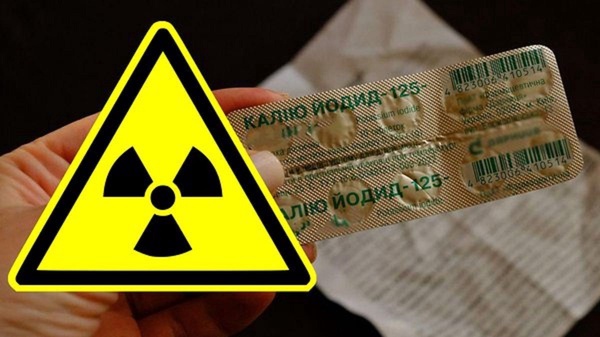Is it safe to use aspartame instead of sugar?

We don’t aim to persuade you to use or abandon sugar substitutes. However, it would be nice if our discussion of aspartame helped you approach news headlines such as “Aspartame causes cancer” or “A well-known sweetener impairs mental capacity” with a more critical mindset.
We could once again cite the US Food and Drug Administration (FDA) [1], the US National Cancer Institute [2], Cancer Research UK [3], or the European Food Safety Authority (EFSA) [4], which have consistently emphasized the safety of aspartame over the years. Instead, let’s take a closer look at what happens when aspartame enters the body [5]. This information might offer a clearer perspective on consuming products like Coca-Cola Zero without undue concern. The figures mentioned below may vary ± slightly based on different varieties, brands, and preparation methods.
The permissible daily intake of aspartame is as follows:
- FDA 50 mg of aspartame/kg of body weight,
- EFSA - 40 mg/kg,
- JECFA* 0-40 mg/kg. For a person weighing 70 kg, this is 2800 mg
After you’ve consumed a 355 ml can of Coca-Cola Zero (containing 184 mg of aspartame), the aspartame enters the gastrointestinal tract. There, it rapidly breaks down into three components: 50% phenylalanine, 40% aspartic acid, and 10% methanol.
The body interacts with only these three substances. 184 mg of aspartame translates to:
- 92 g of phenylalanine
- 73.6 mg of aspartic acid
- 18.4 mg of methanol

Now, let’s examine each of them more closely.
- Phenylalanine is an essential amino acid that we regularly ingest. Between 2% to 5% of all protein in food is composed of phenylalanine. For adults, it’s recommended to consume at least 25-33 mg/kg per day. Different organizations provide these recommendations, some taking tyrosine into account, creating an eight-gram variation. For a person weighing 70 kg, this amounts to 2130 mg.
Here is the phenylalanine content in various foods:
- pasta: 297 mg per 100 g of the product
- beans: 531 mg per 100 g of the product
- medium potato: 170 mg
- egg: 330 mg
- 235 ml glass of milk: 430 mg
Reminder: Coca-Cola Zero contains 92 mg
It’s important to note that phenylketonuria is a genetic disorder that disrupts the metabolism of phenylalanine. Individuals with phenylketonuria must adhere to a strict diet and monitor their phenylalanine intake from all sources. This warning is on products containing aspartame.
- Aspartic acid isn’t an essential amino acid because your body can synthesize it if you don’t consume it. Almost all protein-rich foods, including meat, grains, dairy products, vegetables, and eggs, contain aspartic acid. An adult male in the UK consumes around 6600 mg of aspartic acid per day.
The average aspartic acid content in various foods is as follows:
- 100 g of meat contain 3000 mg
- 100 g of apples contain 70 mg
- 100 g of tomatoes contain 135 mg
Reminder: Coca-Cola Zero contains 92 mg
- Methanol is the simplest single-atom alcohol, a substance that is frequently highlighted in discussions regarding the carcinogenic potential of aspartame. Methanol is present in some of the foods we consume on a daily basis; most individuals receive a daily intake ranging from 130 to 1030 mg of methanol through their diet.
Here are some approximate figures in various foods:
- 150 ml of wine (various types): 17 mg of methanol
- 125 g of tomato: 35 mg of methanol
- 140 g of orange: 15 mg of methanol
- 1 litre of orange juice: 11-80 mg of methanol
- 1 litre of grapefruit juice: 12-60 mg of methanol
Pectin, a component of plant cell walls, also contributes to the overall methanol intake:
- an average 170 g apple contains 132 mg of methanol
- a 120 g peeled banana contains 79 mg of methanol
Reminder: Coca-Cola Zero contains 92 mg
It’s important to recognize that methanol undergoes oxidation in the liver, first to formaldehyde and then to formic acid. These substances are indeed known to be hazardous, but the key factor in determining toxicity is the dosage. When you drink apple juice, your body is exposed to a higher amount of formaldehyde compared to what you would get from aspartame. Formaldehyde is also naturally present in meat, vegetables, and fruits.
For more information regarding the nutritional content of different foods, you can refer to FoodData Central [6] or myfooddata [7].
As you can see, the consumption of aspartame doesn’t introduce any new elements to the body. All indicators for these substances remain within the normal range. So, you can enjoy Coca-Cola Zero without worrying about harmful chemicals circulating in your system.
Prepared by Dmytro Filipchuk
References:
- https://www.fda.gov/food/food-additives-petitions/aspartame-and-other-sweeteners-food
- https://www.cancer.gov/about-cancer/causes-prevention/risk/diet/artificial-sweeteners-fact-sheet
- https://www.cancerresearchuk.org/about-cancer/causes-of-cancer/cancer-myths/do-artificial-sweeteners-cause-cancer
- https://www.efsa.europa.eu/en/topics/topic/aspartame
- https://dynomight.net/aspartame/
- https://fdc.nal.usda.gov/index.html
- https://tools.myfooddata.com/nutrition-facts
* Joint FAO/WHO Committee of Experts on Food Additives (FAO - Food and Agriculture Organization of the United Nations) ![]()





